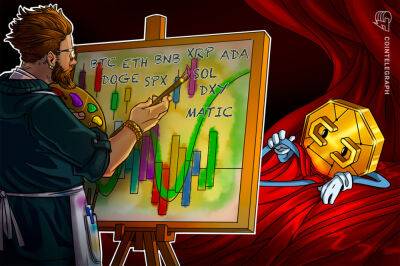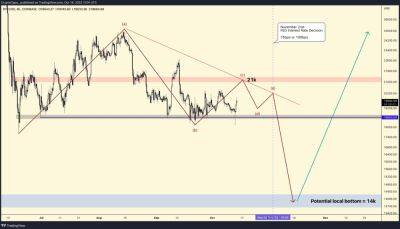Bitcoin Mining Difficulty Spikes 13.55%, Reaches New ATH of 35.6 Trillion Hashes
According to the latest data collected from BTC.com, Bitcoin mining difficulty has increased by 13.55% since the last adjustment around two weeks ago.
The current difficulty adjustment now takes 35.6 trillion hashes to generate one Bitcoin (BTC), a massive increase of 13.55% from the previous estimates. As per the data, the hike is the highest increase in Bitcoin mining difficulty since May 2021.
The network rate now stands at 257 million TH/s (terra hashes per second), a massive increase over the 140 million TH/s it had at this time last year, BTC.com data indicated.
Despite pressure from declining prices being witnessed this year, the difficulty adjustment continues its steady rise while the competition among its miners has been growing. High difficulty means it takes more computing power to mine the same number of blocks and makes the network secure. An increase in mining difficulty also means that miners must put in more computing power in order to mine a block. And miners compete against each other for limited block rewards. With more participants and more computing power, the so-called “hashpower” of the entire network increases significantly, which is good for Bitcoin’s price in the long run.
Mining difficulty in the Bitcoin network is adjusted automatically every two weeks after 2,016 blocks have been mined in the network. The next difficulty adjustment will take place on October 24.
Increasing difficulty suggests more challenges ahead for Bitcoin miners who are already feeling the heat from the weak Bitcoin prices and higher energy costs. The bear market has been rough for the miners, who have seen profit margins shrink as Bitcoin prices crashed more than 50% this year while capital dried up and power prices
Read more on blockchain.news











![Bitcoin Cash [BCH]: All you need to know before you write off this alt - ambcrypto.com - city Santiment - city Santimentwith](https://finance-news.co/storage/thumbs_400/img/2022/10/15/44968_xi0m9.jpg)










